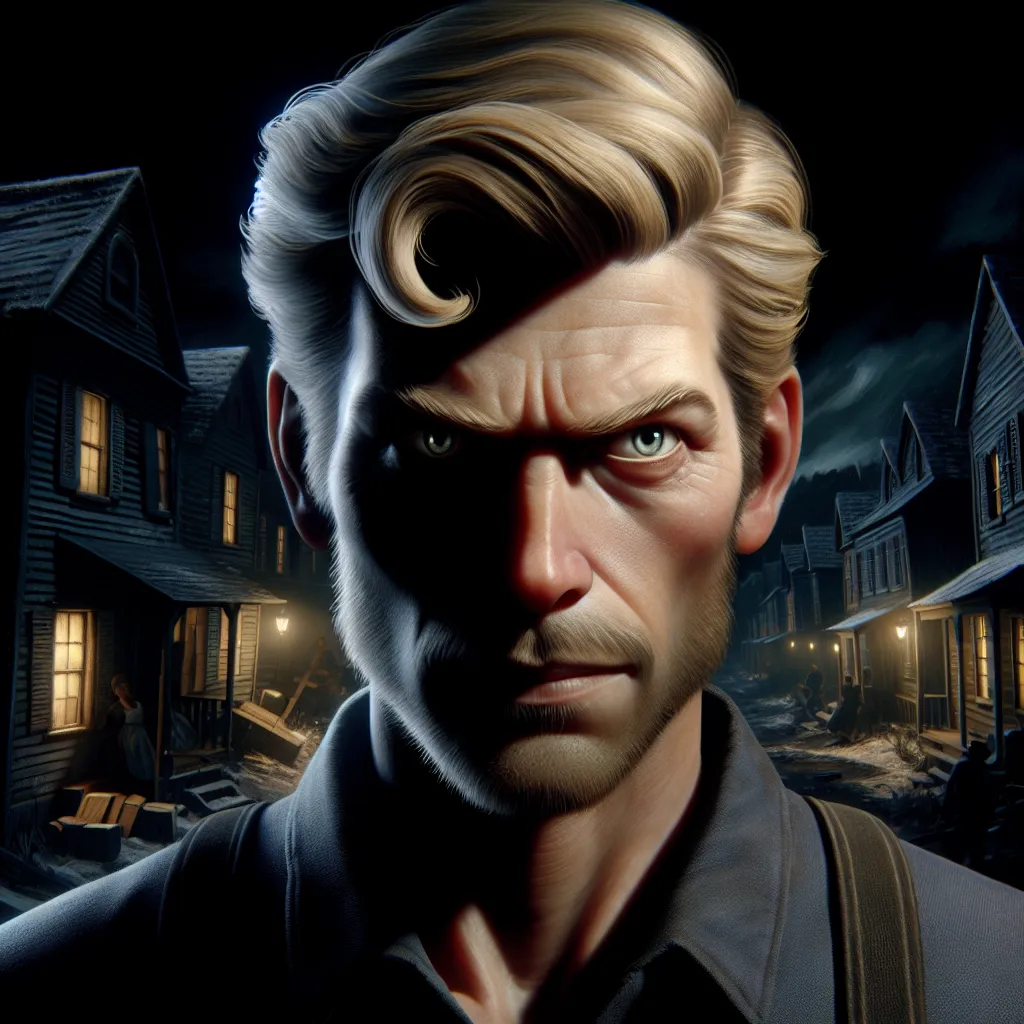
The Phantom of Thistlewood
In the small, isolated town of Thistlewood, whispers of John had long been a source of both dread and fascination. The tales of his cruelty were passed down through generations, each recounting more gruesome details than the last. His victims were found in ways that defied the imagination—bodies contorted, faces frozen in terror, and no two scenes alike. The manner of their deaths was so grotesque, so beyond comprehension, that even the most seasoned detectives were left haunted.
John's legend began in the 1920s, a time when the world was already grappling with the aftermath of the Great War. The first known victim was a young woman named Eleanor, found lifeless in her home with no signs of forced entry. Her body was discovered on June 6th, a date that would become synonymous with John's reign of terror. Each subsequent year, on the same date, another victim would be claimed, and the pattern became chillingly clear.
Despite the passage of time, John never seemed to age. Witnesses described him as a stout man with blond hair and an unsettlingly good-looking face. Yet, there were always discrepancies in their accounts—some swore he had piercing blue eyes, while others insisted they were green. His height, build, and even his voice seemed to change with each sighting. It was as if John could alter his appearance at will, a chameleon blending seamlessly into any environment.
The murders continued unabated for decades. Each year, the town braced itself for June 6th, knowing that another life would be claimed. The local police were powerless, their investigations leading to dead ends and false leads. The few who dared to delve deeper into John's history uncovered something even more disturbing—his name might not be John at all. It was a moniker given to him by the media, a placeholder for a phantom whose true identity remained shrouded in mystery.
By the 1990s, John had become an urban legend, a ghost story told to frighten children and dissuade teenagers from wandering alone at night. But the fear was real, and the bodies were tangible evidence of his existence. Then, as abruptly as the killings had started, they ceased. The year 1996 came and went without incident, and for the first time in decades, Thistlewood breathed a collective sigh of relief.
Yet, the shadow of John loomed large. Some believed he had finally been caught, his identity uncovered and his reign of terror brought to an end. Others speculated that he had moved on, finding new hunting grounds far from Thistlewood. The most chilling theory, however, was that John had never been a single person at all. Perhaps he was a manifestation of the town's darkest fears, a malevolent spirit that could inhabit any body and strike at will.
Years turned into decades, and the memory of John began to fade. But every June 6th, the older residents of Thistlewood would glance nervously over their shoulders, half-expecting to see a stout man with blond hair lurking in the shadows. They knew better than to dismiss the legend entirely, for in the world of John, nothing was ever as it seemed. And the scariest thing of all was the lingering question that haunted their dreams—if his name wasn't John, then who, or what, was he really?